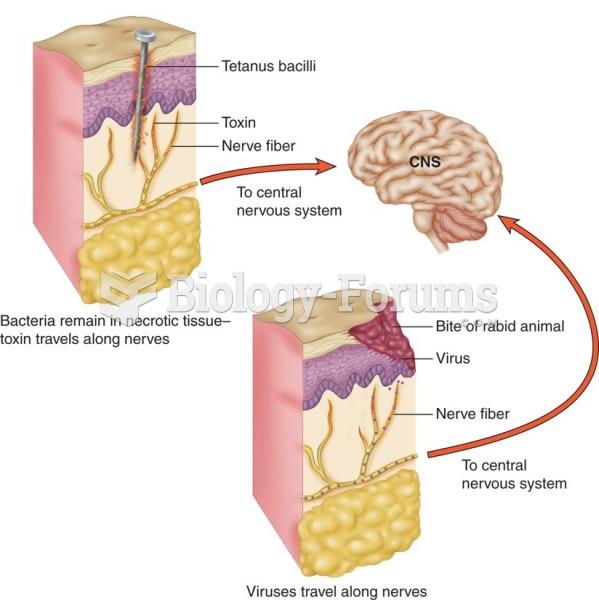This topic contains a solution. Click here to go to the answer
|
|
|
Did you know?
The first-known contraceptive was crocodile dung, used in Egypt in 2000 BC. Condoms were also reportedly used, made of animal bladders or intestines.
Did you know?
The longest a person has survived after a heart transplant is 24 years.
Did you know?
The average office desk has 400 times more bacteria on it than a toilet.
Did you know?
Medication errors are more common among seriously ill patients than with those with minor conditions.
Did you know?
Autoimmune diseases occur when the immune system destroys its own healthy tissues. When this occurs, white blood cells cannot distinguish between pathogens and normal cells.







